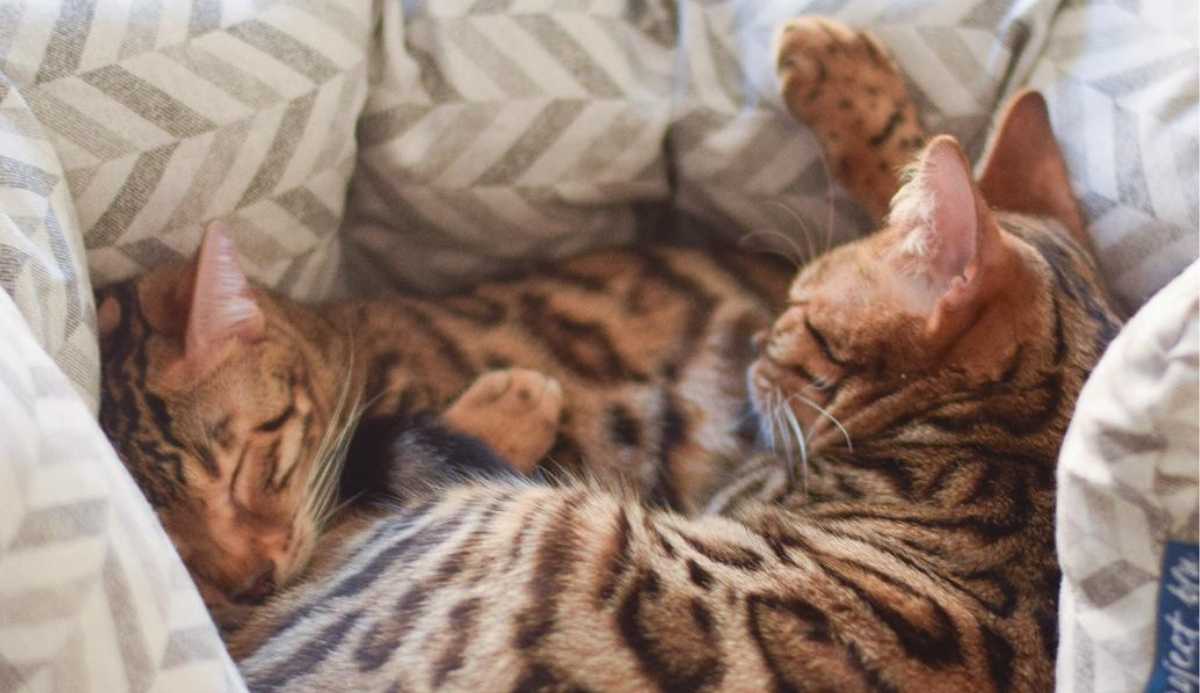Cat Chat: Understanding Cat Communication and Behaviour

This article unravels the mysterious language of cats, delving into tail twitches, purrs, and whisker positions that speak volumes.
Decode the subtle cues and behaviours that define your cat’s world. From slow blinks to gentle head bunts, discover the art of cat chat and deepen the bond with your feline companion.
Simultaneously, consider exploring some of the best pet insurance plans, offering comprehensive coverage for your beloved cat because every purr, tail flick, or head bunt deserves the protection they deserve.
Provide the assurance of a healthy future for your whiskered companion with reliable pet insurance for cats, where understanding meets the security of pet insurance.
In the meantime, check out this guide to decoding your cat’s behaviours.
Understanding cat communication and behaviour
1. Tail motion
- Upright tail: Indicates a happy and confident cat.
- Puffed tail: Sign of fear, stress, or agitation.
- Wrapped around you: Shows affection and trust.
2. Purring
- Contentment: Often associated with happiness and relaxation.
- Healing mechanism: Cats may purr when injured or in pain, as it’s believed to have healing properties.
- Grabbing attention: Cats may purr to seek their caretaker’s attention.
3. Ear positions
- Forward: Shows interest or curiosity.
- Flat against head: Indicates fear or aggression.
4. Vocalizations
- Meowing: Meowing is the way that cats express their needs and wants to people.
- Hissing or growling: Signals fear, aggression, or discomfort.
5. Kneading
Comfort and contentment: Cats knead soft surfaces with their paws when relaxed and content.
6. Slow blinking
Trust and affection: A slow blink from a cat is often a sign of trust and affection.
7. Grooming
Bonding: Mutual grooming reinforces social bonds between cats or between a cat and its owner.
8. Scratching
- Territorial marking: Scratching helps mark territory and maintain claw health.
- Stretching: Cats stretch while scratching to exercise their muscles.
9. Whisker positions
- Forward: Indicates excitement or curiosity.
- Backward: Suggests fear or aggression.
10. Belly exposure
Trust: A cat showing their belly is a sign of confidence, as the belly is a vulnerable area.
11. Head bunting
Affection: Cats may gently bump their heads against you to show love and affection.
12. Hiding behaviour
Stress or illness: Cats may hide when stressed, scared, or unwell.
13. Chirping or chattering
Hunting instinct: Cats may make chirping sounds when observing birds or prey.
14. Elevated tail with quivering
Excitement or happiness: Often seen when cats are about to receive a treat or are anticipating play.
15. Rubbing against objects or people
Scent marking: Cats have scent glands on their heads and cheeks, and rubbing releases pheromones to mark territory or show affection.
Being aware of cat communication and behaviour is essential for fostering a strong bond with your feline friend.
Pay attention to these cues to interpret your cat’s feelings and needs and to create a harmonious and communicative relationship.
At the same time, contemplate signing up for the best pet insurance plan so your whiskered friend receives comprehensive medical care with little hassle during distressing health scenarios and emergencies.
Pet insurance for cats makes urgent vet care more accessible, so it is worth considering a policy. So, click now to secure their future well-being with peace of mind.







